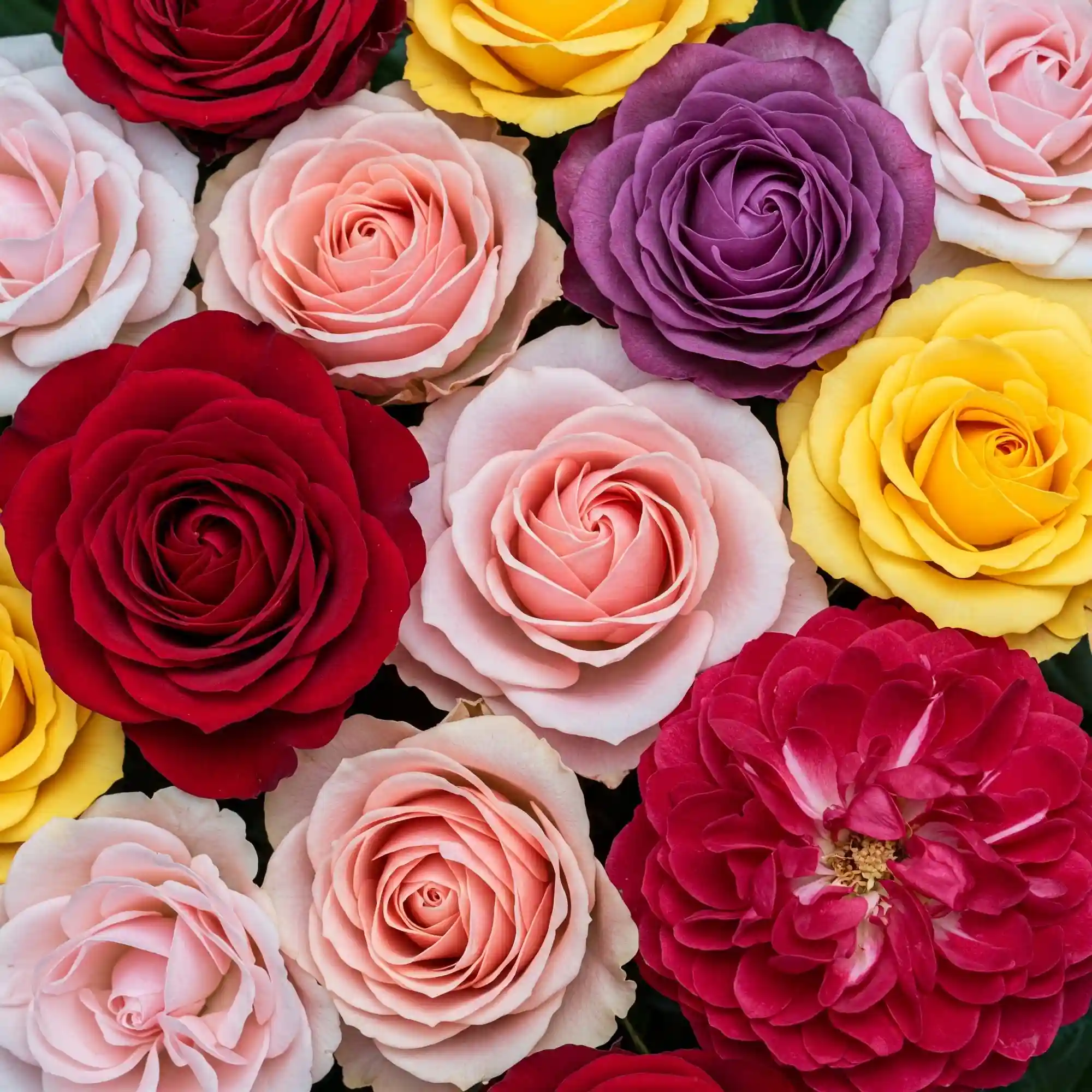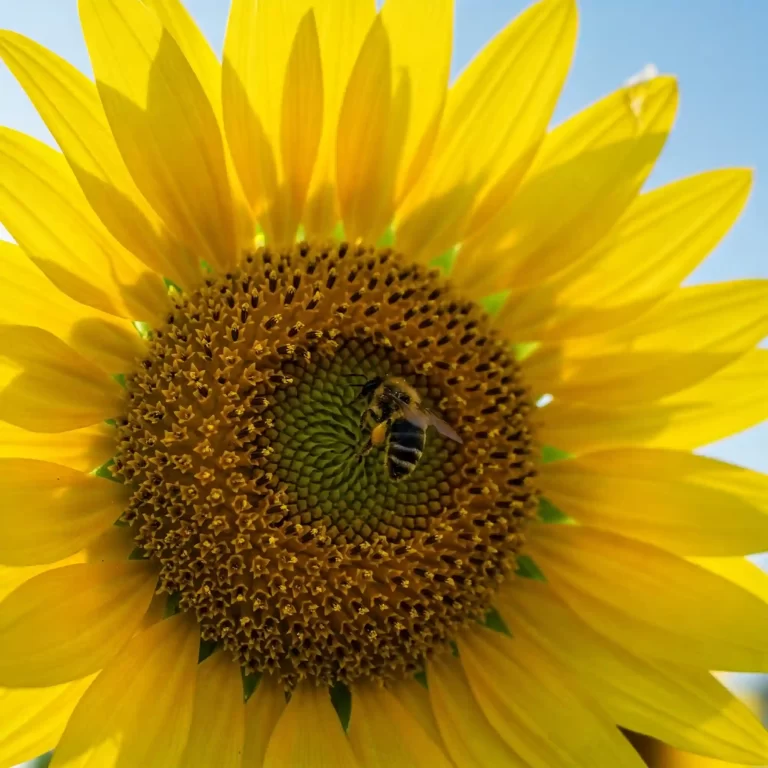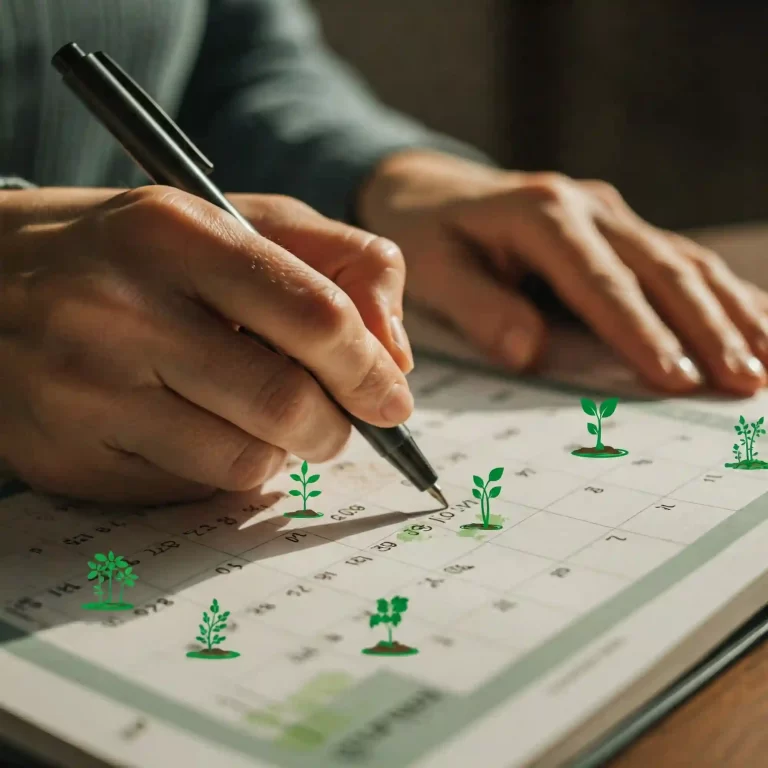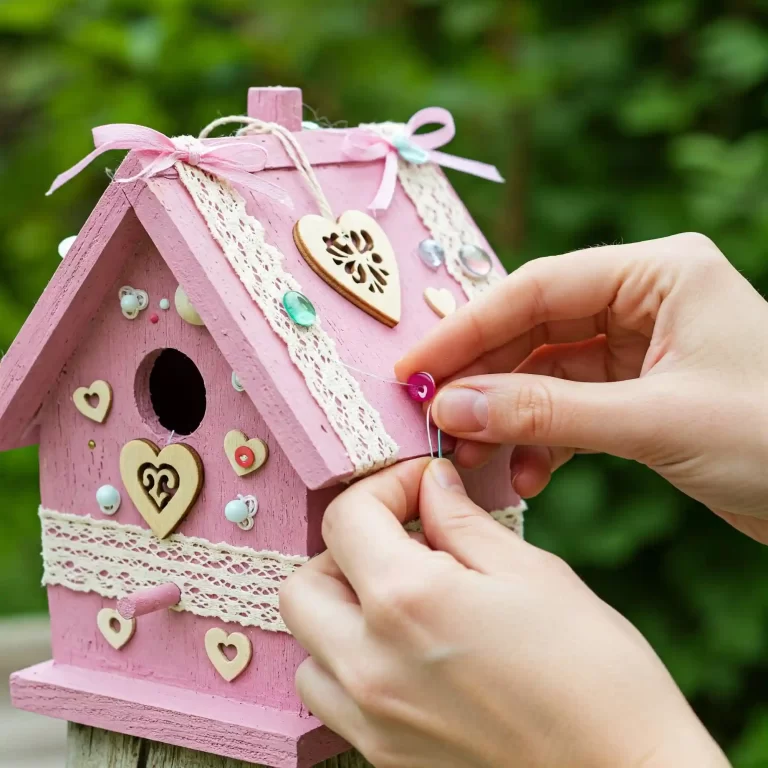Have you ever wished you could create a truly special Valentine’s Day gift, something more personal and lasting than a store-bought bouquet? I know I have. There’s something incredibly romantic about giving the gift of roses you’ve nurtured yourself. It’s a symbol of love and dedication, and it adds an extra layer of meaning to the occasion. You might feel overwhelmed at the prospect of growing roses, especially if you’re new to gardening. But don’t worry! I’m here to guide you through the process of choosing the best Valentine’s Day roses for your home garden and ensuring they bloom beautifully in time for the big day. This comprehensive guide will equip you with the knowledge and confidence to cultivate a stunning rose garden that will not only impress your loved one but also bring you joy for years to come.
Choosing the Right Rose Variety for Your Valentine’s Day Garden
Selecting the perfect rose variety is the foundation of a successful Valentine’s Day rose garden. Think about what qualities are most important to you: fragrance, color, bloom size, and disease resistance. You want a rose that not only looks beautiful but also thrives in your garden’s conditions. I’ve spent years experimenting with different rose varieties, and I’ve learned that some are definitely better suited for home gardens than others. Here are some of my top recommendations, keeping in mind the desire for Valentine’s Day blooms:
- Classic Red: ‘Mister Lincoln’ (Hybrid Tea) – This rose is a true classic for a reason. Its deep red color is iconic, and its strong fragrance is simply intoxicating. ‘Mister Lincoln’ is a reliable bloomer and makes a statement in any garden. It’s a great choice for those who want a traditional Valentine’s Day rose.
- Romantic Pink: ‘Double Delight’ (Hybrid Tea) – If you’re looking for something a bit more playful, ‘Double Delight’ is a fantastic option. Its blooms are a beautiful blend of pink and cream, creating a soft and romantic feel. The fragrance is also lovely, adding to the overall sensory experience.
- Elegant White: ‘Iceberg’ (Floribunda) – White roses symbolize purity and innocence, making them a perfect choice for expressing your love. ‘Iceberg’ is a prolific bloomer, producing clusters of pure white flowers that create a stunning visual display. It’s a relatively easy rose to grow, making it a good option for beginners.
- Fragrant Delight: ‘Fragrant Cloud’ (Hybrid Tea) – As the name suggests, this rose is all about fragrance. Its coral-orange blooms are beautiful in their own right, but it’s the intense, sweet fragrance that truly sets it apart. ‘Fragrant Cloud’ is a great choice for those who want a rose that engages all the senses.
- Easy Care: ‘Knockout’ (Shrub Rose) – If you’re new to rose gardening or simply don’t have a lot of time to dedicate to it, ‘Knockout’ is an excellent option. This shrub rose is incredibly disease-resistant and requires minimal maintenance. It produces an abundance of vibrant blooms throughout the season, making it a reliable and low-fuss choice.
Here’s a table summarizing the characteristics of these recommended varieties:
| Rose Variety | Rose Type | Color | Fragrance | Disease Resistance |
| ‘Mister Lincoln’ | Hybrid Tea | Deep Red | Strong | Moderate |
| ‘Double Delight’ | Hybrid Tea | Pink & Cream | Lovely | Moderate |
| ‘Iceberg’ | Floribunda | White | Mild | Good |
| ‘Fragrant Cloud’ | Hybrid Tea | Coral-Orange | Intense | Moderate |
| ‘Knockout’ | Shrub Rose | Various | Mild | Excellent |
When choosing your roses, also consider your local climate and hardiness zone. This will ensure that the varieties you select are well-suited to your growing conditions. I recommend checking with your local nursery or garden center for advice on the best roses for your specific area. They can provide valuable insights and recommendations based on their experience with local gardeners.
How to Grow Valentine’s Day Roses in Your Home Garden
Now that you’ve chosen your rose varieties, it’s time to get them planted! Growing roses can seem daunting, but it’s a manageable process if you follow a few key steps. From my experience, the most common mistake I see is people not preparing the soil properly. It’s the foundation for healthy roses.
How to Plant Valentine’s Day Roses:
- Choose the Right Location: Roses thrive in full sun, needing at least 6 hours of direct sunlight per day. Select a spot in your garden that meets this requirement. I’ve found that a south-facing location is often ideal.
- Prepare the Soil: This is a crucial step. Roses need well-draining soil that is rich in organic matter. Amend your soil with compost or other organic material before planting. This will improve drainage and provide essential nutrients for your roses.
- Planting: Dig a hole that is twice as wide as the root ball of your rose bush and deep enough so that the bud union (the point where the rose is grafted onto the rootstock) is about an inch below the soil surface. Place the rose bush in the hole and fill it with soil, gently firming it around the base of the plant.
- Watering: Water your newly planted roses deeply and regularly, especially during dry periods. Roses need consistent moisture to establish their roots and grow strong. I recommend watering deeply less frequently, rather than shallow watering more often. This encourages deeper root growth.
- Mulching: Apply a layer of mulch around the base of your rose bushes. Mulch helps retain moisture in the soil, suppress weeds, and regulate soil temperature. I prefer using organic mulch like shredded bark or compost.
Here’s a list of essential tools you’ll need for planting roses:
- Gardening gloves
- Shovel or spade
- Watering can or hose
- Pruning shears
- Measuring tape or ruler
- Compost or other organic matter
- Mulch
By following these steps and providing your roses with the right conditions, you’ll be well on your way to a successful Valentine’s Day rose garden. Remember, patience is key. It may take some time for your roses to establish themselves, but with proper care, they will reward you with beautiful blooms for years to come.
Timing Your Rose Blooms for Valentine’s Day
One of the biggest challenges when growing roses for Valentine’s Day is getting them to bloom at the right time. Timing is key! You want your roses to be at their peak bloom on or around February 14th. This requires careful planning and consideration of your local climate and the rose variety’s bloom time. From my experience, it’s always better to err on the side of caution and start the process a bit earlier rather than later.
Most roses take about 6-8 weeks from bud to bloom. This means you’ll need to start thinking about Valentine’s Day blooms in late December or early January. Consider your local climate and the average first and last frost dates. If you live in an area with cold winters, you may need to protect your rose bushes from frost to ensure they bloom in time.
Here are some tips for timing your rose blooms:
- Research Bloom Times: Find out the typical bloom time for the rose varieties you’ve chosen. This information is usually available on the rose bush tag or online.
- Factor in Your Climate: Consider your local climate and hardiness zone. This will affect how quickly your roses grow and bloom.
- Prune Strategically: Pruning your roses at the right time can encourage new growth and blooming. Consult a rose pruning guide for specific instructions for your rose variety.
- Fertilize Regularly: Regular fertilizing will provide your roses with the nutrients they need to grow strong and produce abundant blooms.
- Monitor the Weather: Keep an eye on the weather forecast and protect your roses from frost if necessary.
By paying attention to these factors and adjusting your care accordingly, you can increase your chances of having a beautiful display of roses ready for Valentine’s Day. Remember, patience is key, and sometimes nature may have other plans. Enjoy the process and the anticipation of seeing your roses bloom just in time for the special day.
Caring for Your Valentine’s Day Roses
Once your roses are planted and growing, it’s important to provide them with proper care to ensure they thrive and produce beautiful blooms. This includes regular watering, fertilizing, pruning, and pest and disease control. I like to think of caring for roses as a form of self-care. It’s a chance to connect with nature and nurture something beautiful.
- Watering: Consistent watering is crucial for healthy rose growth. Water deeply and thoroughly, soaking the soil around the roots. Avoid overhead watering, as this can spread diseases. During hot, dry weather, you may need to water more frequently.
- Fertilizing: Roses are heavy feeders and benefit from regular fertilization. Use a balanced rose fertilizer according to the package directions. Apply fertilizer in spring before new growth begins and again in mid-summer.
- Pruning: Pruning is an essential part of rose care. It helps to shape the plant, encourage new growth, and promote healthy blooming. The best time to prune roses is in late winter or early spring, before new growth begins.
- Pest and Disease Control: Keep a watchful eye for common rose pests such as aphids, Japanese beetles, and spider mites. Treat infestations promptly using appropriate methods. Common rose diseases include black spot, powdery mildew, and rust. Good sanitation practices, such as removing fallen leaves and debris, can help prevent disease.
- Deadheading: Deadheading is the process of removing spent blooms. This encourages the plant to produce more flowers and prevents it from putting energy into seed production. Deadhead regularly throughout the growing season.
By providing your roses with consistent care, you’ll be rewarded with a beautiful and fragrant display of blooms. Remember to be patient and observant. Roses require some attention, but the rewards are well worth the effort.
Creating Romantic Valentine’s Day Rose Arrangements from Your Garden
Creating your own Valentine’s Day bouquets from your garden adds a personal touch that no store-bought arrangement can replicate. It’s a labor of love, a tangible expression of your affection. You can experiment with different colors, textures, and arrangements to create something truly unique and special.
Here are some tips for creating beautiful Valentine’s Day rose arrangements from your garden:
- Choose the Right Roses: Select roses that are in full bloom or are about to open. Look for flowers with vibrant colors and strong stems.
- Gather Your Supplies: You’ll need a clean vase, sharp scissors or pruning shears, and a container of water. You may also want to use floral tape, wire, and greenery to add interest to your arrangement.
- Prepare the Roses: Cut the stems of your roses at an angle under running water. This helps to prevent air bubbles from blocking the water uptake. Remove any leaves that will fall below the waterline in the vase.
- Create a Base: If your vase is wide-mouthed, you may want to create a base for your arrangement. This will help to support the flowers and keep them in place. You can use floral foam, chicken wire, or even a few pebbles or marbles.
- Arrange the Roses: Start by placing the tallest roses in the center of the vase. Then, add the shorter roses and any greenery you’re using. Arrange the flowers to create a balanced and visually appealing composition.
- Add Water: Fill the vase with lukewarm water and add flower food if desired.
- Display and Enjoy: Place your arrangement in a prominent location where it can be admired. Enjoy the beauty and fragrance of your homegrown roses!
Remember to experiment and have fun with it. There are no hard and fast rules when it comes to creating floral arrangements. Let your creativity shine and enjoy the process of bringing your Valentine’s Day vision to life.
FAQs about Growing Valentine’s Day Roses at Home
Growing roses for Valentine’s Day can present some unique challenges. Here are some frequently asked questions to help you navigate the process:
Q: How to grow roses in pots for Valentine’s Day on a home garden patio?
Roses can thrive in containers, making them perfect for patios or balconies. Choose a pot that is at least 18 inches wide and deep. Use a well-draining potting mix and ensure the pot has drainage holes. Water regularly, as the soil in containers dries out more quickly than in the ground.
Q: Best roses for a sunny home garden that will bloom for Valentine’s Day?
Hybrid Tea roses and Floribunda roses are generally good choices for sunny gardens. These varieties are known for their abundant blooms and vibrant colors. Some specific recommendations include ‘Mister Lincoln’, ‘Double Delight’, and ‘Iceberg’.
Q: How to protect roses from frost in a home garden for Valentine’s Day blooms?
Frost can damage or even kill rose buds, jeopardizing your Valentine’s Day blooms. If frost is predicted, take steps to protect your roses. You can cover them with frost cloth, blankets, or even sheets. Be sure to remove the covers during the day to allow for sunlight and air circulation.
Q: Best low-maintenance roses for a busy home gardener for Valentine’s Day?
If you’re looking for a low-maintenance option, consider shrub roses like ‘Knockout’. These roses are known for their disease resistance and require minimal pruning. They also produce abundant blooms throughout the season, making them a great choice for busy gardeners.
Q: How to prepare your home garden rose bushes for Valentine’s Day blooming?
Proper pruning is essential for encouraging healthy growth and abundant blooms. Prune your roses in late winter or early spring, before new growth begins. Remove any dead, damaged, or crossing branches. Fertilize your roses regularly with a balanced rose fertilizer to provide them with the nutrients they need.
By addressing these common questions and following the tips provided, you can increase your chances of success in growing beautiful Valentine’s Day roses at home. Remember to be patient, observant, and enjoy the process of nurturing these stunning flowers.
Conclusion
Growing your own Valentine’s Day roses is a rewarding experience. It’s a labor of love that allows you to create a truly unique and meaningful gift for your loved ones. By following the tips and advice outlined in this guide, you can increase your chances of success and enjoy the beauty and fragrance of your homegrown roses.
Remember, patience is key. Roses take time to grow and bloom, but the effort is well worth it. Enjoy the process of nurturing your roses and the joy of sharing their beauty with those you love. Happy gardening, and happy Valentine’s Day!




